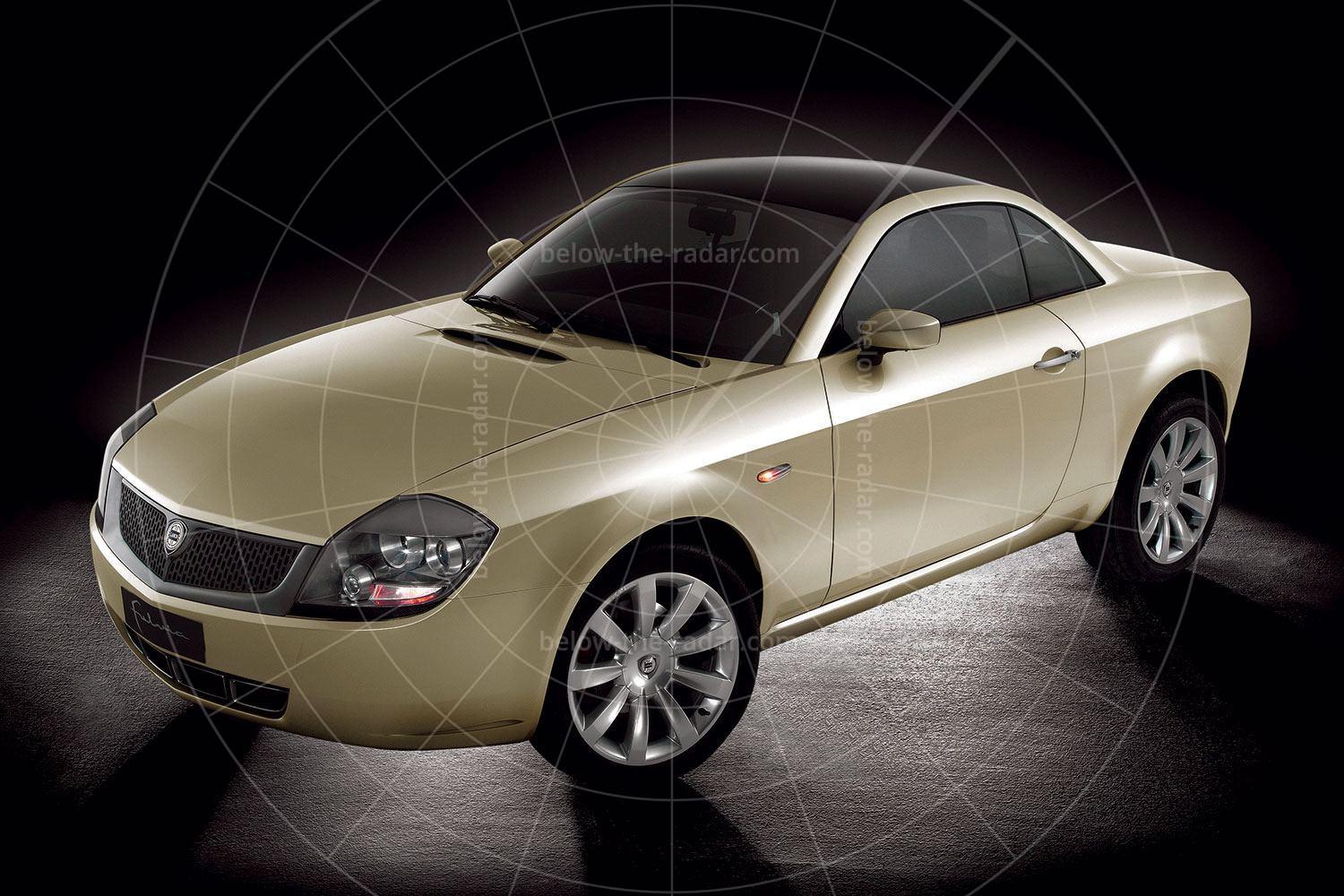With distinct overtones of the BMW Z07 styling exercise that was to become the Z8, Alfa Romeo’s Nuvola was an odd concept. It was designed and built to celebrate the 1930s, while also offering a strong hint of what the future might bring, and whichever angle it was viewed from there was something new to see in it.
With a mix of traditional styling themes and some quite radical new ones as well, the Nuvola was one of those cars that’s hard to pigeon-hole. Seen from head-on there was the classic Alfa Romeo grille, yet there were also tiny inset headlamps which were quite futuristic – although they had been used on the GTV and Spider from the same manufacturer. The 18-inch wheels filled the arches wonderfully and made the car look purposeful, while there were plenty of more subtle design details that are easy to miss.
The small, flush-fitted side repeaters in the front wings were very neat for the time and the flush-fitting rear lights and front indicators also gave the car a very integrated look. Such styling cues would become more common on the roads as the 1990s progressed, helped along by new technology such as LEDs which are incredibly bright despite being far more compact than conventional bulbs. Something which became less popular was the low rear end – high-tailed wedge shapes were becoming increasingly common in a bid to offer better luggage capacity while also improving aerodynamics. The Nuvola flew in the face of all that, resolutely taking its own path.
The interior was just as much of a mix of old and new as the exterior. Although there were plenty of curves and the layout was quite simple, it was all thoroughly modern inside. Hinting at former classic Alfas there was a wood-rimmed steering wheel and banked instruments in individual nacelles. Everything was trimmed in soft, hand-stitched leather and much of the cabin detailing was executed in aluminium, either brushed or polished.
But the big story where the Nuvola was concerned wasn’t its looks – it was the technology that it showcased. The point of the concept was to test the idea of producing a spaceframe chassis which would become available to coachbuilders to clothe in a variety of bodystyles. That idea was something that harked back to the pre-war era, but the technology used in the Nuvola’s chassis construction meant this spaceframe was anything but archaic – from the materials used to the method of production. By taking this route it would have been possible to clothe the car in roadster or coupé bodystyles, although the long bonnet and fixed wheelbase meant other, more roomy bodystyles wouldn’t really have been possible.
Being an Alfa Romeo the Nuvola also had to be something pretty special to drive. To that end there was independent suspension all round with double wishbones. The six-speed manual gearbox transmitted the power to all four wheels and with a twin-turbo 2.5-litre V6 there was plenty of power on offer. That long bonnet housed a transversely located engine and if given its head, this could take the Nuvola all the way up to 166mph, while scorching from 0-60mph in just 4.7 seconds along the way.
To anyone who speaks Italian, the name Nuvola may seem odd, as the word means cloud. Alfa wanted the car to be a tribute to legendary 1930s racing driver Tazio Nuvolari, but the company wasn’t allowed to call its new concept by either his first name or his last. As a compromise, the name Nuvola was chosen, which in itself manages to pay homage to a glorious Alfa Romeo of the past while also looking to the future.
| Vital statistics | |
|---|---|
| Debut | Paris 1996 |
| Designer | Walter de Silva |
| Engine capacity | Front-mounted, 2492cc, twin-turbo V6 |
| Transmission | 6-speed manual, four-wheel drive |
| Power | 300bhp |
| Top speed | 166mph |
| 0-60mph | 4.7 seconds |












